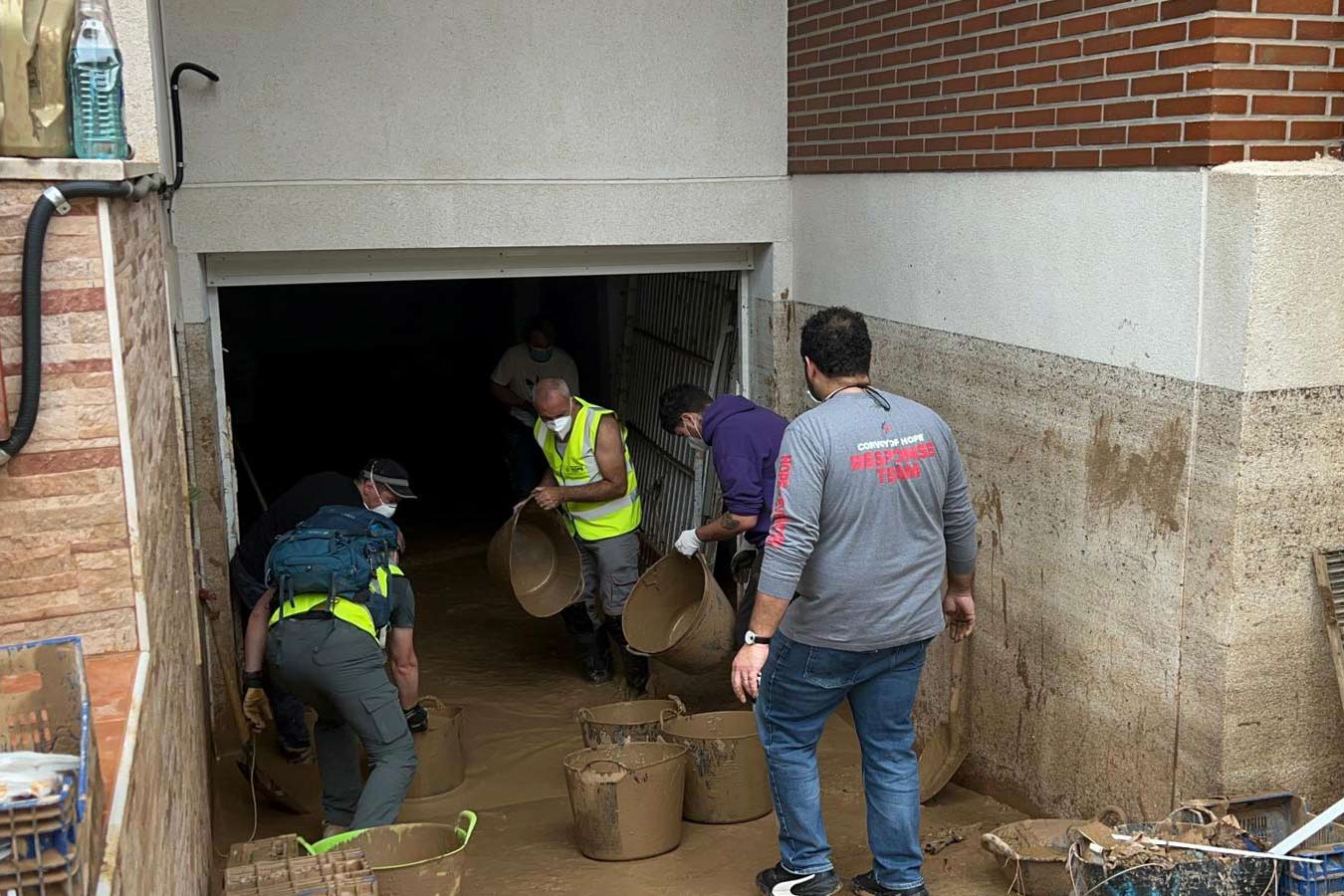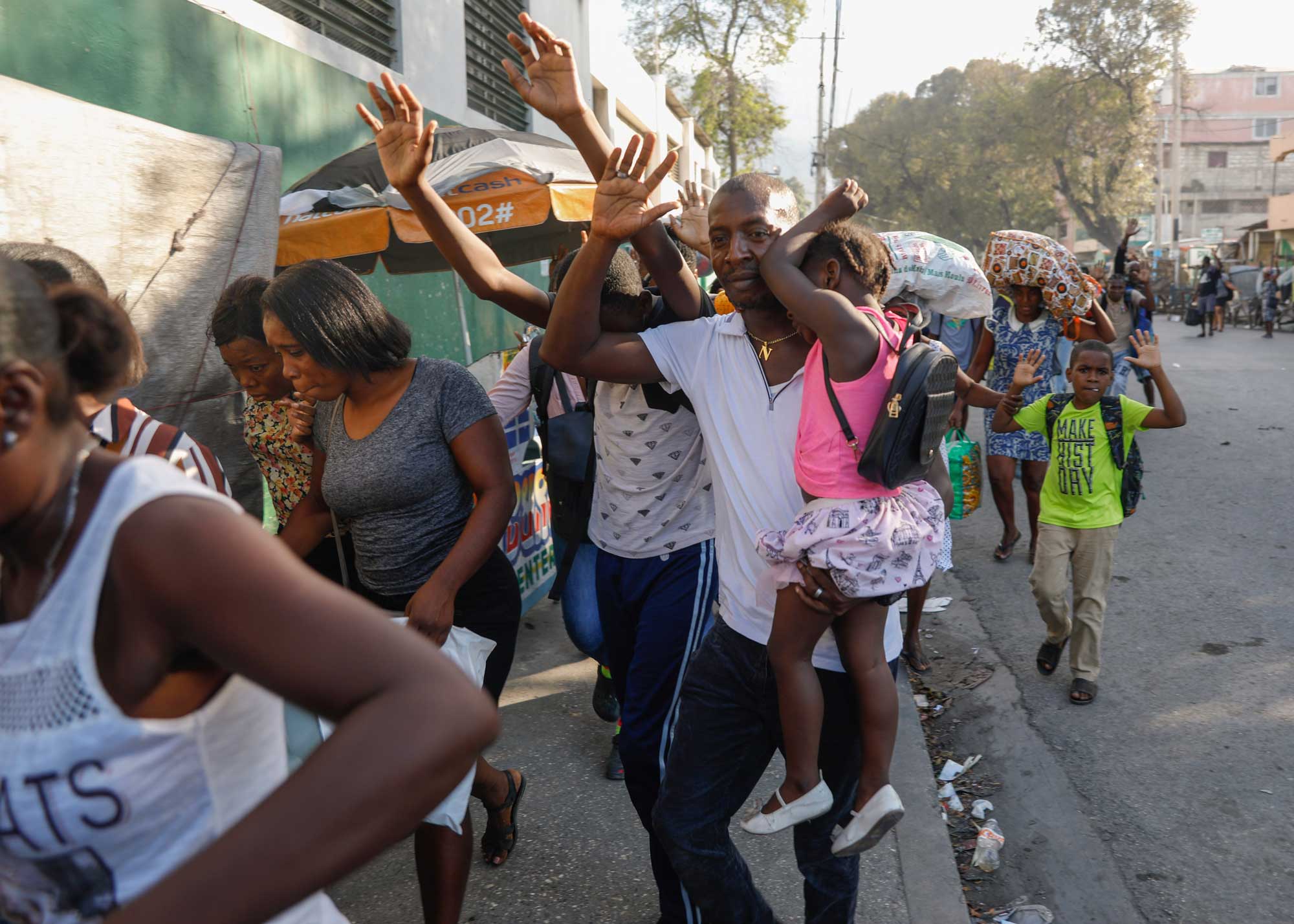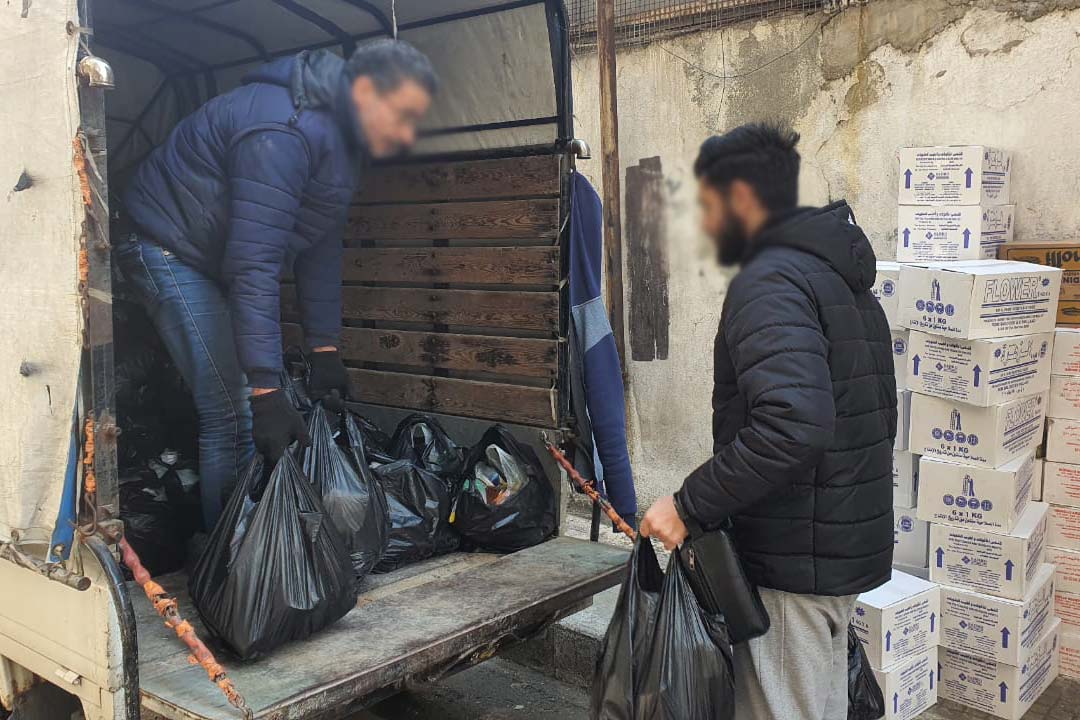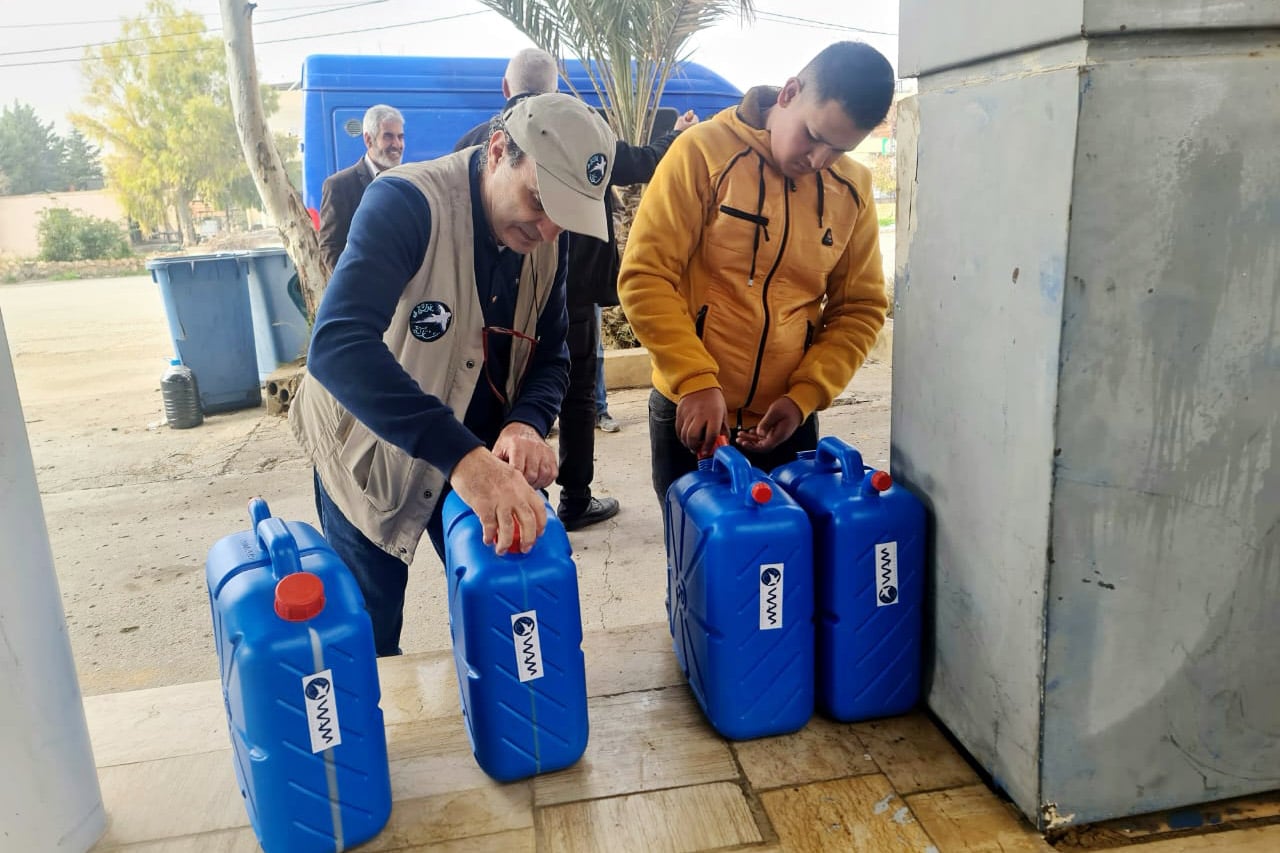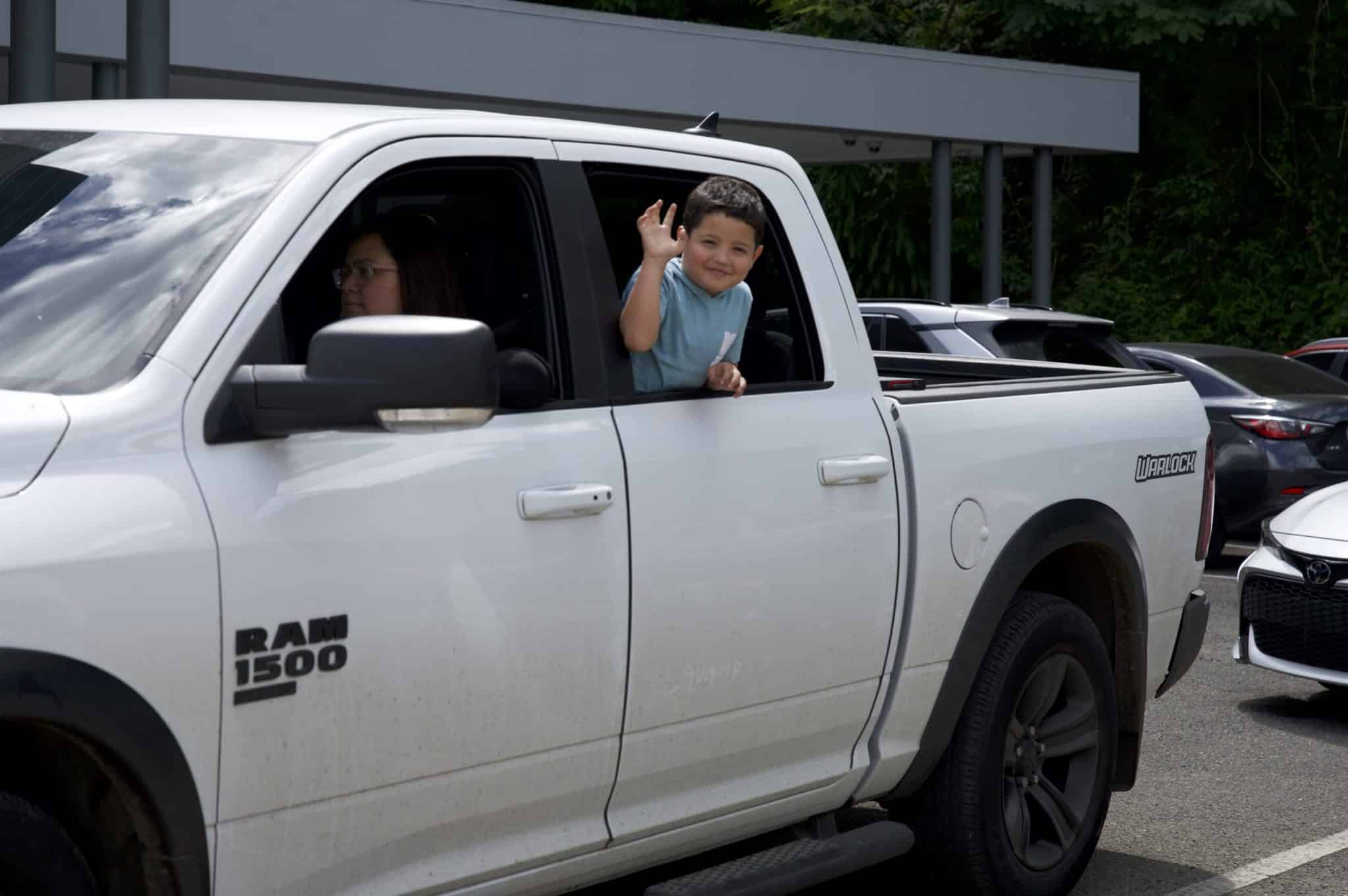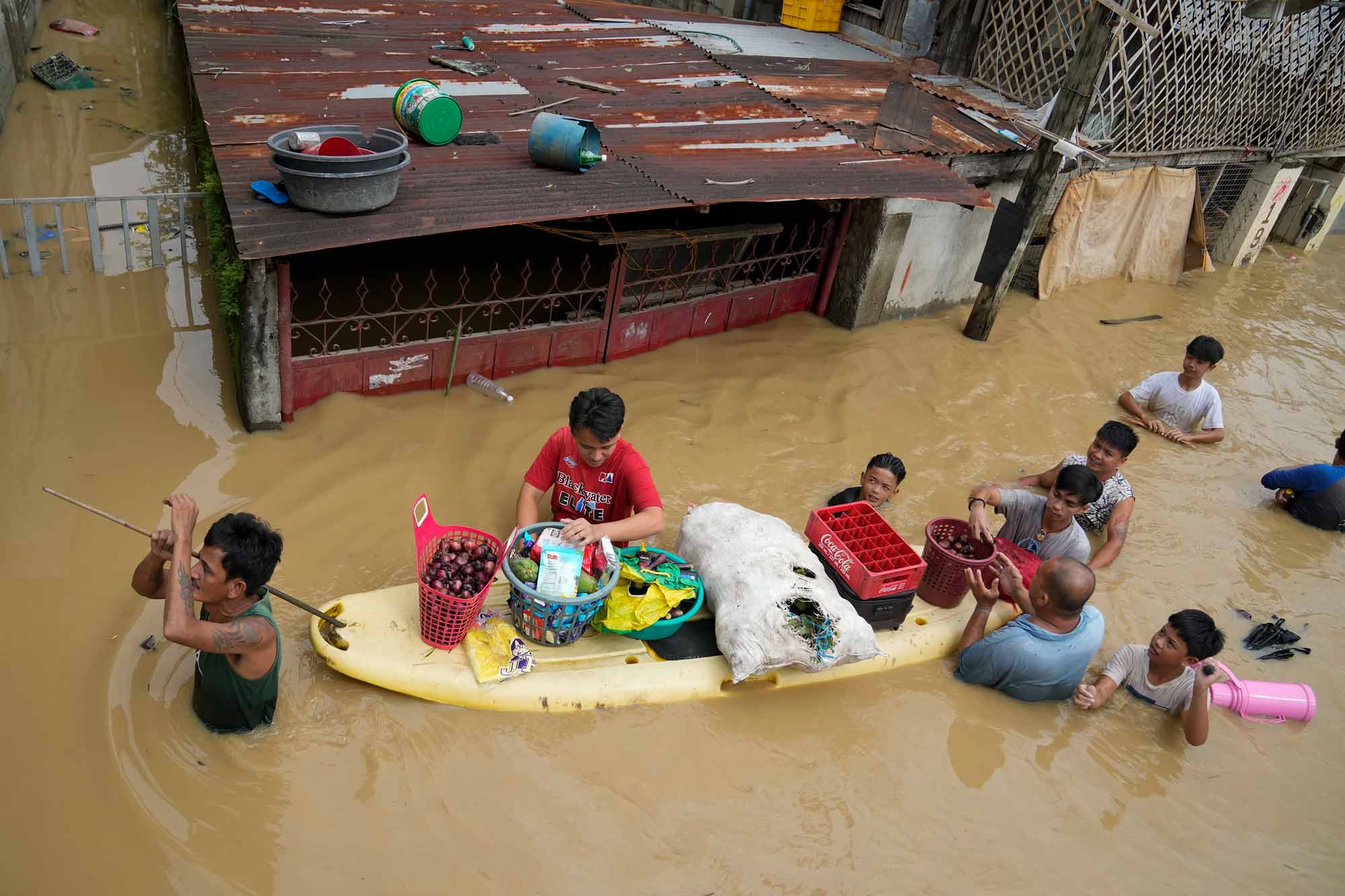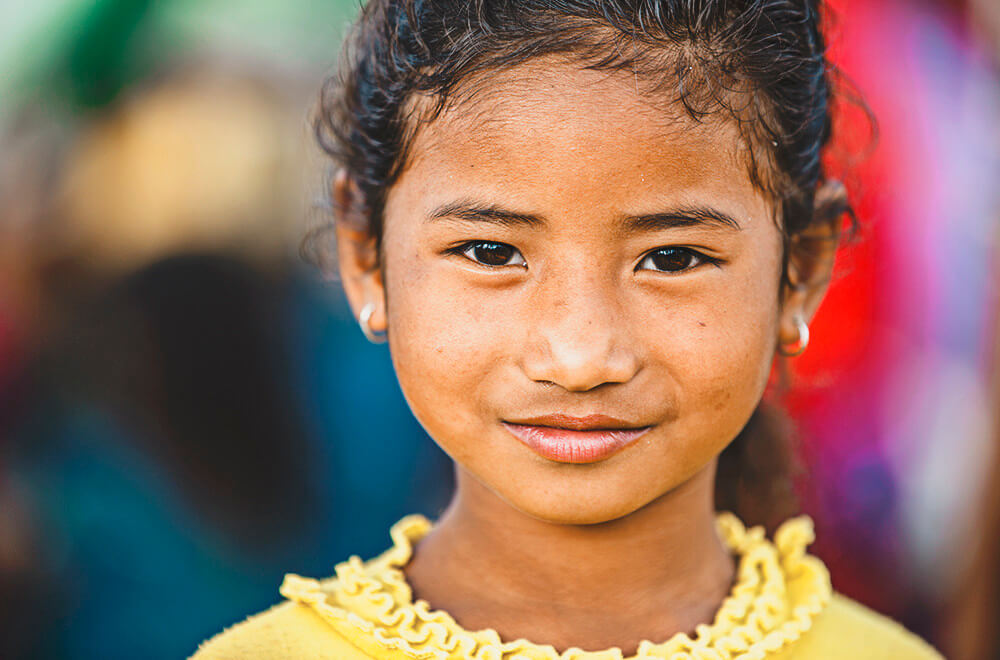
Convoy’s child-focused emergency initiatives were created for children like Sundari, who was one of 66 million children worldwide affected by disasters this year.
At Convoy of Hope, our emergency interventions seek to alleviate suffering, provide safe and healthy living conditions, and reduce future risk of disaster impacts. We do this because we know that a crisis — like the earthquake that rocked Nepal in April — changes people’s lives in an instant, and the work required to return to normal takes longer.
In Sundari’s village, 585 of 650 homes were destroyed. The earthquake also created nongeological aftershocks that have interrupted the human, social, and economic systems in her village and will continue to do so for many months to come. That’s why our rights-based, participatory, and needs-based approach to humanitarian assistance is so critical in helping communities regain their footing.
Throughout Nepal, we worked with our partners to implement short-term relief and long-term recovery work in villages like Sundari’s. We evaluated existing needs, local capacity, and the village’s desire to work with us. Through this approach, our food and shelter assistance program targeted 8,952 families and 42,074 individual beneficiaries throughout Nepal.
Being so focused sets the stage for a long-term presence that will see us deploy a full spectrum of interventions to address malnutrition and inadequate food production. We’ll also focus on high-risk pregnant and lactating mothers, as well as children under 5 years of age. In doing so, we not only transform the lives of children, we also make a positive difference in their families, villages, and communities.

